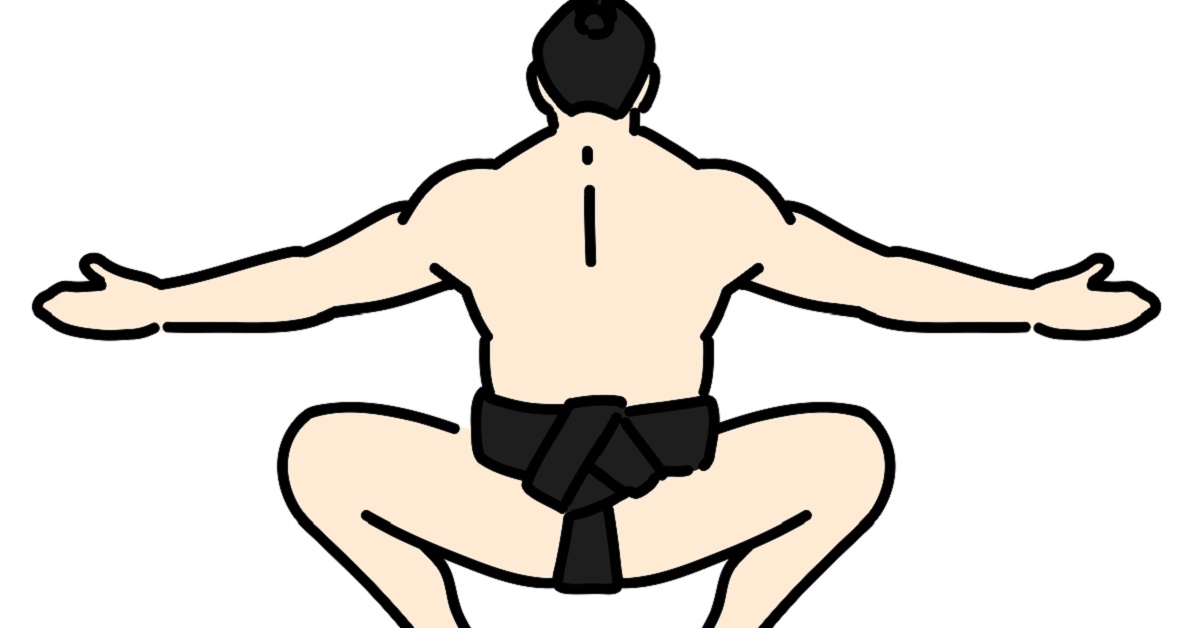In sumo, winning isn’t just about strength — it’s about precision. Isami-ashi is a unique rule where a wrestler can lose not by being overpowered, but by stepping out of the ring unintentionally. For newcomers and international viewers, this moment often feels surprising or confusing. This article will explain how isami-ashi works, why it matters, and how to recognize it.
What is Isami-ashi? Its Definition and Role in Sumo Rules
In sumo, the outcome of a match is determined by which wrestler steps out of the ring first. Isami-ashi occurs when the wrestler who is on the offensive steps out of the ring by his own momentum, while his opponent remains inside. This is not counted as a winning technique but rather a rule-based loss due to a mistake. Even if it appears that a wrestler was winning, stepping out first means an automatic loss. For viewers, this can often be surprising and even confusing, making it a vital rule to understand.
Below is a comparison chart outlining the difference between isami-ashi and other defeat patterns:
| Decision Type | Description | Main Cause |
|---|---|---|
| Isami-ashi | Stepping out of the ring by oneself | Overreaching or rushing |
| Oshidashi | Being pushed out of the ring by the opponent | Losing to push power |
| Yorikiri | Being driven out while clinched | Inferior grip technique |
| Fumidashi | Losing balance and stepping out | Unstable footwork |
Thus, isami-ashi is not a result of power imbalance but rather a momentary lapse in judgment, making foot placement and timing critically important.
Famous Isami-ashi Moments in Sumo History
Throughout sumo history, isami-ashi has caused shocking upsets, even among top-ranking wrestlers. There are numerous instances where a yokozuna or ozeki was dominating a bout but ended up stepping out of the ring first, resulting in a sudden loss. These matches are often replayed on television, with special attention to the wrestlers’ footwork at the edge of the ring. Such moments highlight how even dominant positions can reverse in an instant due to a split-second mistake.
The following table shows common scenarios where isami-ashi often occurs:
| Scenario | Explanation |
|---|---|
| Just before a push-out | Overcommitting leads to stepping out |
| Reacting to a pulling move | Loss of balance causes foot to go out |
| Slippery footwork | Unstable footing results in a misstep |
| Tangled at the edge | A tight exchange near the edge causes a loss |
In all these cases, a mere difference of a few centimeters or a split second can decide the outcome, making isami-ashi one of the most dramatic moments in sumo.
Why Is Isami-ashi a Rule Violation? Cultural and Philosophical Meaning
Isami-ashi is viewed not only as a physical error but as a reflection of mental immaturity or impatience. Sumo is rooted in Japanese tradition and rituals. Therefore, maintaining composure, etiquette, and control is essential. A wrestler stepping out on his own reflects a lack of discipline and is therefore considered a disgraceful loss.
Judges (shimpan) treat isami-ashi situations with particular care. In case of a close call, they initiate a review using video replays to check foot positions with precision. If one wrestler steps out even a moment before the other, he is ruled the loser.
Here’s a summary of how judges make their decisions:
| Judgment Factor | Criteria |
|---|---|
| Timing of stepping out | Even a slight lead results in loss |
| Physical contact | Not required — self-exit is enough for defeat |
| Foot, not the body | Judgment is based on which foot crosses first |
As such, isami-ashi is not just a rule-based decision but a symbol of discipline, aesthetics, and spiritual tradition in sumo.
How Beginners and Foreign Spectators Can Recognize Isami-ashi
For those new to sumo, isami-ashi can be hard to catch. It usually happens during intense exchanges near the edge of the ring, and often requires close attention to footwork. Foreign viewers unfamiliar with sumo’s specific terminology can also understand it better by focusing on visual clues and movements.
Here are useful points to watch for during a match:
| Key Observation Point | Explanation |
|---|---|
| Foot placement | Watch who steps out first — they lose the match |
| Referee movement | Disputes often follow close isami-ashi decisions |
| Gyoji’s direction | Indicates the winner, but may be overruled |
| Audience reaction | Gasps or murmurs usually follow unclear outcomes |
Understanding that “the match is decided by footwork at the edge” enhances the viewing experience and deepens one’s appreciation of sumo’s subtleties.
Conclusion
Isami-ashi is more than a mistake—it is a window into the precision, discipline, and cultural depth of sumo. Matches can be overturned in an instant, revealing the importance of staying calm and technically sound even while attacking. A wrestler’s focus must remain not just on overpowering the opponent, but on maintaining proper form and awareness at all times.
This rule also teaches that “no matter how strong you are, one misstep can lead to defeat”. For spectators, it brings a layer of drama and meaning to every match. By understanding isami-ashi, even beginners and foreigners can enjoy sumo more fully and see it not just as a sport, but as a rich cultural tradition embedded with values and philosophy.





コメント